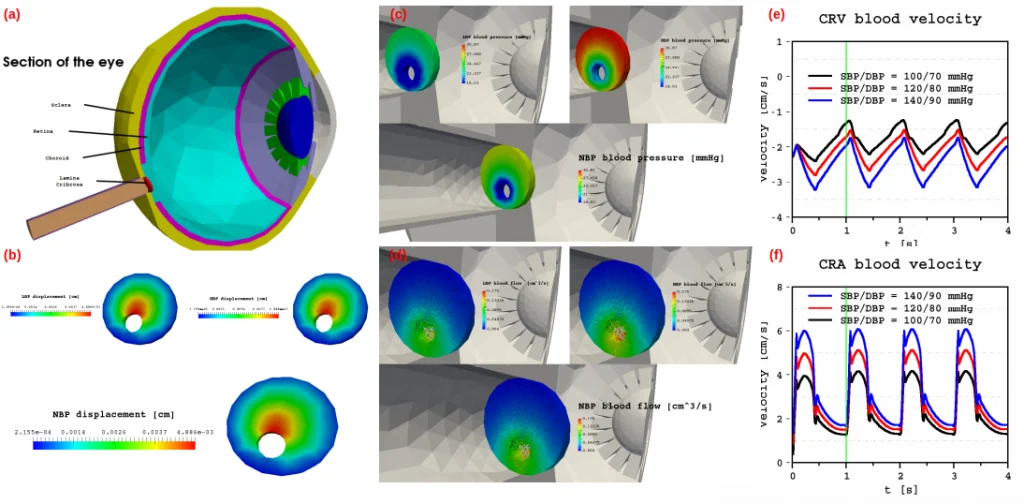What is the HiDALGO2 project?
HiDALGO2 project brings together 10 interdisciplinary partners from 8 countries in order to achieve best results. The scope of the work of HiDALGO2 is to some extent a continuation of the tasks carried out in the HiDALGO project. In the core of the current project are the same people, which guarantees continuity of work, especially in the area of scalability, co-design and ensemble scenarios. HiDALGO2 project focuses on five use cases from the environmental area: improving air quality in urban agglomerations, energy efficiency of buildings, renewable energy sources, wildfires and meteo-hydrological forecasting. The interdisciplinary ideas drawn from HiDALGO2 will come to address the need for immediate solutions due to the climate change phenomena, like storms, fires and air pollution.

What is the relationship between these use cases?
The common feature of the modelling of the use cases simulations is the use of numerical analysis of fluid flows by Computational Fluid Dynamics (CFD) method, which is typically very compute-intensive. HiDALGO2 puts high emphasis on issues related to the scalability of solutions, the best adaptation of the software to the infrastructure (co-design) by using the appropriate benchmarking methodology and algorithmic optimization methods. This enables the efficient use of top-notch HPC systems to simulate complex structures with much greater accuracy not achievable for calculations using Cloud solutions.
What is the motivation behind HiDALGO2?
The motivation behind HiDALGO2 is climate change. Climate change has long since been an undeniable phenomenon observed up close at many places on Earth. Climate change influences our everyday life, and thus has also an increasing impact on our quality of life. One of the key reasons is the dynamic development of societies which has significantly impacted the natural environment for many decades.. This can be dramatically experienced nowadays by violent weather phenomena. These phenomena are addressed by Global Challenges (GC). GC require interdisciplinary expertise, and demand for solutions at scale due to their inherent complexity. Thus, HiDALGO2 aims to explore synergies between modelling, data acquisition, simulation, data analysis and visualisation along with achieving better scalability on current and future HPC and AI infrastructures to deliver highly-scalable solutions that can effectively utilise pre-exascale systems.
What is the duration of HiDALGO2?
HiDALGO2 started on January 1st, 2023 and is planned to end on December 31st, 2026. During its four year duration it is expected to significantly contribute to research activities and HPC applications. The kick-off meeting of HiDALGO2 took place in Poznan, Poland on January 25th and 26th and it was hosted by PSNC, the project’s coordinator. More than 30 people participated in the meeting, both in person and virtually during this two-day event. During these two days, the project team discussed HiDALGO2’s plan of actions for the next four years of the project, and paid close attention to the work that must be done in the first six months, until HiDALGO2’s next transnational meeting.


How are HiDALGO2 activities funded?
The project is co-funded by the European Union. Namely, this work has received funding from the European High Performance Computing Joint Undertaking (JU) and Poland, Germany, Spain, Hungary, France, under the grant agreement number: 101093457.

How can I keep up with HiDALGO2 activities?
In order to keep up with HiDALGO2 and not to miss any news, you can follow HiDALGO2 on LinkedIn, Facebook, Twitter, YouTube and Research Gate. You can also sign-up for our newsletter on our website.



